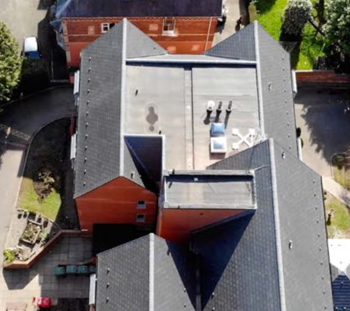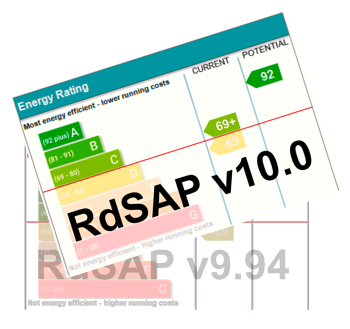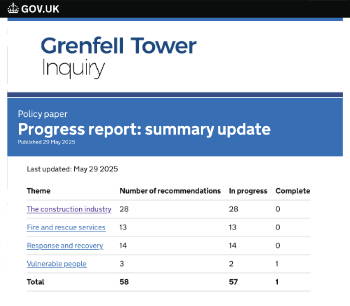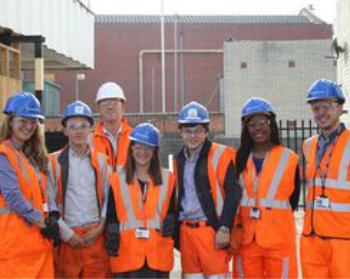High aspirations, sound foundations: a discussion report on the centre-ground case for building 100,000 new public homes
In September 2015, at the Labour Party annual conference in Brighton, left-leaning think tank the Smith Institute published, High aspirations, sound foundations: a discussion report on the centre-ground case for building 100,000 new public homes, written by shadow housing minister John Healey MP. This followed the election of Jeremy Corbyn as Labour leader, with a stated intention of building 240,000 new homes a year.
The report is intended to start a debate about what it describes as ‘the social housing crisis’ facing Britain. It suggests that there are alternatives to the government's housing policies, and sets out how Labour propose reviving social housing and reducing the housing benefits bill.
The report suggests that, ‘For decades we have not been building the new homes we need in Britain. The housing market has failed, is failing and will continue to fail. And when markets are failing, smart state intervention is imperative… It’s simply indefensible for government ministers to deny responsibility for ensuring people are decently housed and for helping the next generation get on. An affordable home isn’t a ‘nice to have’, it’s the bedrock for the lives and futures of individuals and families throughout the country.’
It points out that home ownership has fallen every year since 2010, homelessness and the cost of renting is rising, and that 63,000 social rented homes have been lost in the last five years. In 2015, just 124,500 new homes were built in England, which it suggests is half the number required to meet demand.
The central proposition of the paper is that, ‘...we can’t build the homes that our country needs to comfortably and affordably house our children and grandchildren without a substantial and sustained programme of public house-building.’ This it proposes is economically possible, because council and housing association homes not only generate income, but also help reduce the housing benefits bill through cheaper rents.
Healy suggests the need for new publicly-built housing has five key drivers:
- The inability of house-builders to build the homes people need by themselves.
- A housing costs crisis that affects millions of households.
- Affordable housing increases the incentive to work, making work pay for households on low incomes.
- Public investment in house-building provides an boost to the economy.
- New public housing investment can pay for itself.
The report sets out a series of policy changes which it claims could build 100,000 new public homes a year by 2020 and make the taxpayer a profit at the same time.
It then sets three challenges that must be met:
- Finding the language and arguments to justify the investment required.
- Persuading voters that investment in new affordable homes is a good use of public money.
- Scaling up public house building will require effort and innovation from all parts of the housing industry.
Featured articles and news
Professional practical experience for Architects in training
The long process to transform the nature of education and professional practical experience in the Architecture profession following recent reports.
A people-first approach to retrofit
Moving away from the destructive paradigm of fabric-first.
International Electrician Day, 10 June 2025
Celebrating the role of electrical engineers from André-Marie Amperè, today and for the future.
New guide for clients launched at Houses of Parliament
'There has never been a more important time for clients to step up and ...ask the right questions'
The impact of recycled slate tiles
Innovation across the decades.
EPC changes for existing buildings
Changes and their context as the new RdSAP methodology comes into use from 15 June.
Skills England publishes Sector skills needs assessments
Priority areas relating to the built environment highlighted and described in brief.
BSRIA HVAC Market Watch - May 2025 Edition
Heat Pump Market Outlook: Policy, Performance & Refrigerant Trends for 2025–2028.
Committing to EDI in construction with CIOB
Built Environment professional bodies deepen commitment to EDI with two new signatories: CIAT and CICES.
Government Grenfell progress report at a glance
Line by line recomendation overview, with links to more details.
An engaging and lively review of his professional life.
Sustainable heating for listed buildings
A problem that needs to be approached intelligently.
50th Golden anniversary ECA Edmundson apprentice award
Deadline for entries has been extended to Friday 27 June, so don't miss out!
CIAT at the London Festival of Architecture
Designing for Everyone: Breaking Barriers in Inclusive Architecture.
Mixed reactions to apprenticeship and skills reform 2025
A 'welcome shift' for some and a 'backwards step' for others.






















